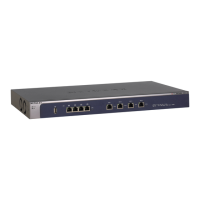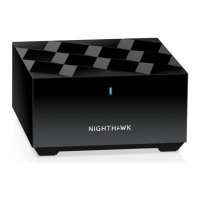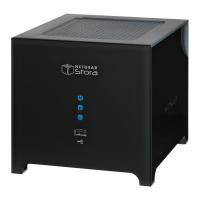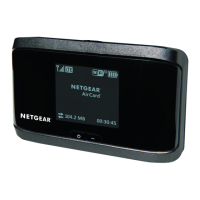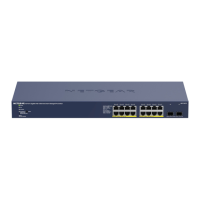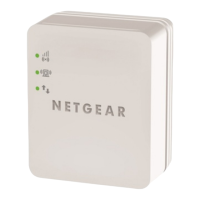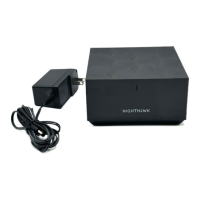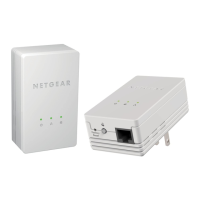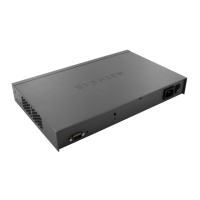Network and System Management
395
ProSecure Unified Threat Management (UTM) Appliance
- IP Groups. The rule applies to a group of individual WAN IP addresses. Use the IP
Groups screen (under the Network Security main navigation menu) to assign IP
addresses to groups. For more information, see Create IP Groups on page 156.
• Schedule. You can configure three different schedules to specify when a rule is applied.
Once a schedule is configured, it affects all rules that use this schedule. You specify the
days of the week and time of day for each schedule. For more information, see Set a
Schedule to Block or Allow Specific Traffic on page 163.
• QoS profile. You can define QoS profiles and then apply them to inbound rules to
regulate the priority of traffic. For information about how to define QoS profiles, see
Create Quality of Service Profiles on page 158.
• Bandwidth profile. You can define bandwidth profiles and then apply them to inbound
rules to limit traffic. For information about how to define bandwidth profiles, see Create
Bandwidth Profiles on page 160.
Port Triggering
Port triggering allows some applications running on a LAN network to be available to external
applications that would otherwise be partially blocked by the firewall. Using the port-triggering
feature requires that you know the port numbers used by the application. Without port
triggering, the response from the external application would be treated as a new connection
request rather than a response to a request from the LAN network. As such, it would be
handled in accordance with the inbound port-forwarding rules, and most likely would be
blocked.
For the procedure on how to configure port triggering, see Configure Port Triggering on
page 168.
Configure the DMZ Port
The demilitarized zone (DMZ) is a network that, by default, has fewer firewall restrictions
when compared to the LAN. The DMZ can be used to host servers (such as a web server,
FTP server, or email server) and provide public access to them. On the UTM5, UTM10,
UTM25, and UTM150, LAN port 4 can be dedicated as a hardware DMZ port to safely
provide services to the Internet without compromising security on your LAN. On the UTM50,
LAN port 6 can be dedicated as a hardware DMZ port. By default, the DMZ port and both
inbound and outbound DMZ traffic are disabled. Enabling the DMZ port and allowing traffic to
and from the DMZ increases the traffic through the WAN ports.
For information about how to enable the DMZ port, see Configure and Enable the DMZ Port
on page 112. For the procedures about how to configure DMZ traffic rules, see Set DMZ
WAN Rules on page 133.
Configure Exposed Hosts
Specifying an exposed host allows you to set up a computer or server that is available to
anyone on the Internet for services that you have not yet defined. For an example of how to
set up an exposed host, see LAN WAN or DMZ WAN Inbound Rule: Specify an Exposed
Host on page 142.
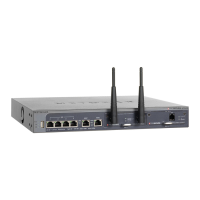
